At Rest Doesn’t Necessarily Mean Safe
Those not properly trained to work on mobile hydraulic systems often assume that if a machine is not running, the hydraulic system can be worked safely. Some may even realize that even if a machine is shut down, it should not be worked on if it is still supporting a load. They will shift valves to with the intent of relieving pressure in all lines. Those trained in hydraulics technology know this is not enough.
Unfortunately, a diesel mechanic found out the hard way that relieving pressure is not as simple as he assumed. The mechanic was severely injured while attempting to replace a hydraulic hose on a front-end loader. Co-workers found him crushed between the loader’s bucket and the front axle. Fortunately, the workers found him in time to spare his life.
How The Accident Occurred:
The loader’s operator reported that oil was leaking from the underside of the front frame assembly. The mechanic crawled under the machine and determined that the hydraulic hose connected to the cap-end of the bucket-tilt cylinder was damaged and should be replaced.
The mechanic couldn’t reach the swivel fitting connecting the hose to the cylinder from above or below the bucket lift arms, so he decided the only way to gain access was to move the lift arm assembly out of the way. To do this, he started the engine and raised the bucket. He knew it was unsafe to work under an unsupported load, so he tilted the bucket downward and lowered it until its front edge rested on the ground. He then set the parking brake, but he did not block the wheels.
The mechanic knew that static pressure of the hydraulic oil would no longer be supporting the weight of the lift-arm and bucket assembly once he disconnected the hose from the cylinder port. However, he assumed that because the bucket cutting lip was firmly on the ground, and the parking brake was set, that neither the bucket nor the machine could move.
The mechanic crawled in under the lift-arm assembly disconnected the hose from the cap end of the cylinder. He recalled encountering resistance when unscrewing the swivel, as if the threads were damaged, or pressure was still in the cylinder. When the fitting was nearly free of the cylinder port, the hose end suddenly blew off, and the lift-arm and bucket assembly quickly lowered, crushing him between the bucket and the front axle.
How The Accident Could’ve Been Prevented
If you own a front-end loader, loader-backhoe, or similar machine, be sure to have a Job Safety Breakdown for tasks such as this. Cover the JSB in safety meetings using the machine manufacturer’s service and repair literature or a safety representative from manufacturer. It is the responsibility of the manufacturer to provide proper safety information.
More specifically, here’s what should’ve been done in this particular instance.
- Park the machine on a flat surface.
- If the machine is articulated (steers by pivoting the front and rear frames), install the steering locking arm.
- Tilt the bucket downward as far as it will go, then rest the cutting edge firmly on the ground.
- Leave the control lever in the neutral position.
- Turn the engine-off and remove the key from the key-lock switch. Place the key in the lockout cabinet in a supervisor’s office. It is a good idea to have a key cabinet on the wall in a secure location. When a machine is locked out and undergoing service, its key is hung in the cabinet for all to see, and it is tagged with the name of the person working on the machine, and what is being done.
- Set the parking brake, and place chocks at the front and rear of all four wheels.
- If the machine is equipped with steering or brake accumulators, gently rotate the steering wheel back and forth until the steering pressure gauge reads zero pressure. Apply and release the brake pedal until the brake pressure gauges read zero pressure. This can usually be accomplished with the steering locking arm in place.
- Disconnect the battery lockout switch and lock and tag it.
- If the manufacturer has supplied a cylinder lockout bar, install it on the cylinder rod following the manufacturer’s guidelines. DO NOT climb under the lift-arm assembly to install it.
- If no special locking tools are provided, build a structure to support the lift arms. If it has to be fabricated, have an engineer review it to determine that it will support the weight of the lift arm and bucket assembly. DO NOT support the lift arm and bucket assembly with an overhead crane and cable or chain; it must be supported from the underside.
- Wear safety glasses when working on or around a hydraulic system.
- De-energize the hydraulic system and verify with a pressure gauge before disconnecting any hydraulic connectors.
After doing all this, you may need to run the engine to bleed air from the cylinder. DO NOT climb in under the lift-arm and bucket assembly while the engine is running. Install a closed-loop air-bleed system on the cylinder while the hoses are disconnected. The machine should be designed and built to facilitate safe air bleeding.
If a lift arm cylinder or bucket cylinder has been replaced, DO NOT start the engine and climb in under the lift-arm and bucket assembly to install the clevis pins. This can be done with a portable hydraulic system.
Once work is complete, start the engine, operate the hydraulic system, and check for leaks. If there are leaks, and to facilitate tightening a connector, access must be made under the lift-arm and bucket assembly, repeat this entire lockout procedure — it may save your life!
This information was provided by Rory McLaren president, Fluid Power Training Institute, Salt Lake City. For more information, call (801) 908-5456, email info@fpti.org, or visit www.fpti.org.
By: Alan Hitchcox
After serving as a vehicle mechanic in the US Army, Alan attended college full time to earn a Bachelor of Science while also working full time for a power transmission and fluid power distributor. He then became a technical editor and wrote or edited hundreds of technical articles for 38 years, with the last 32 on Hydraulics & Pneumatics magazine before becoming semi-retired in 2020.
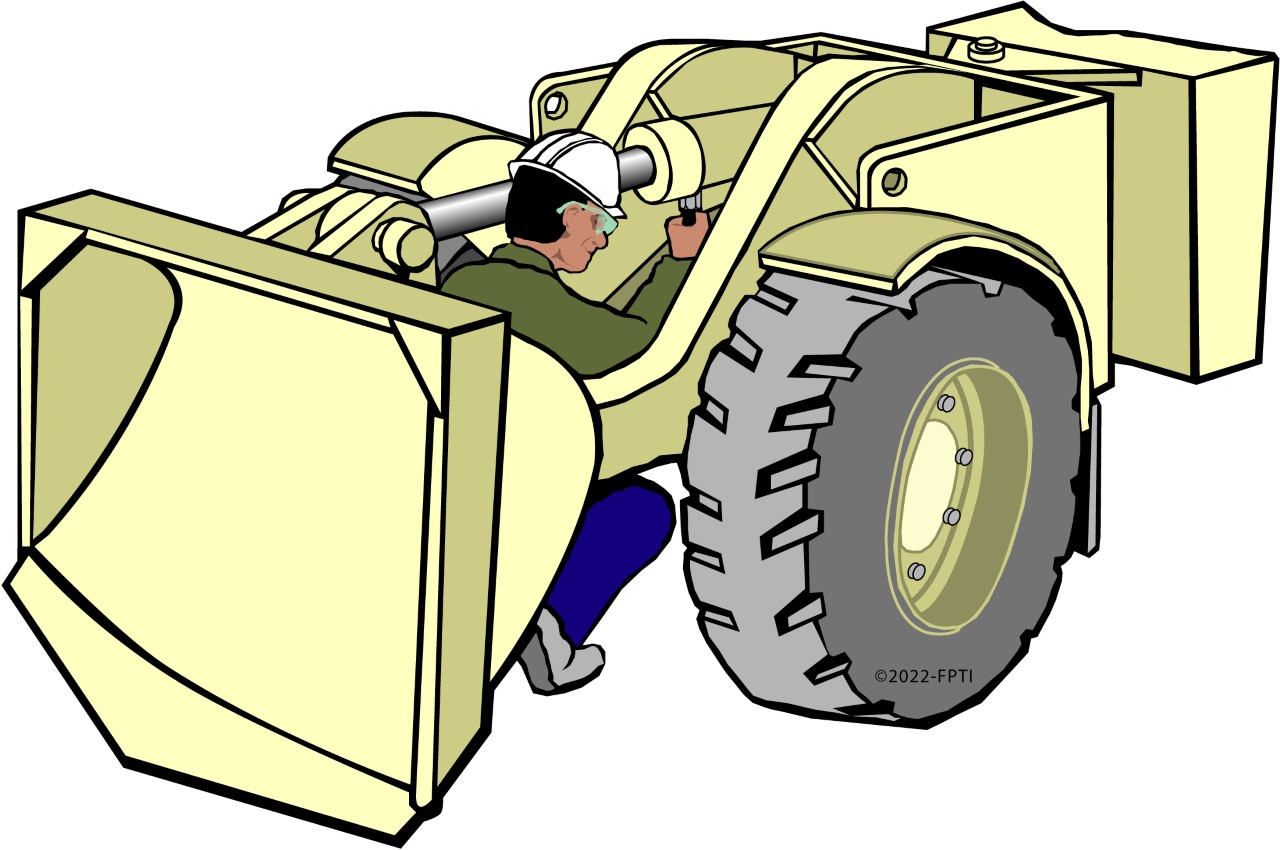
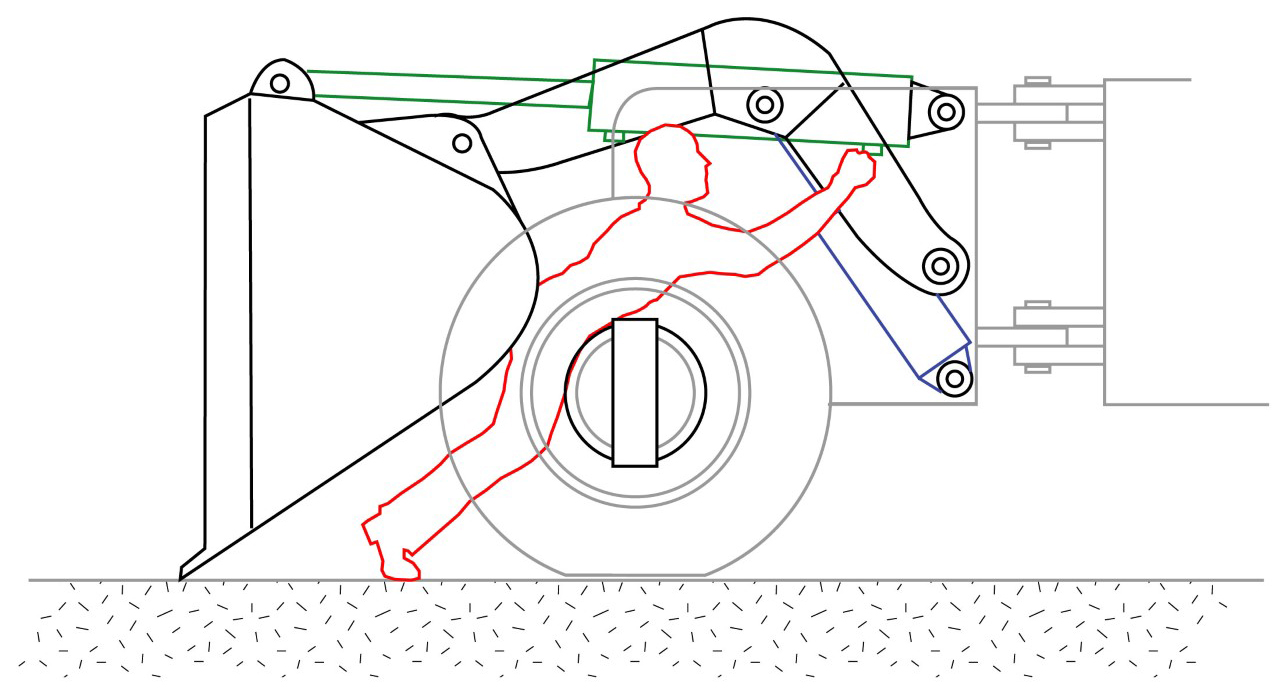
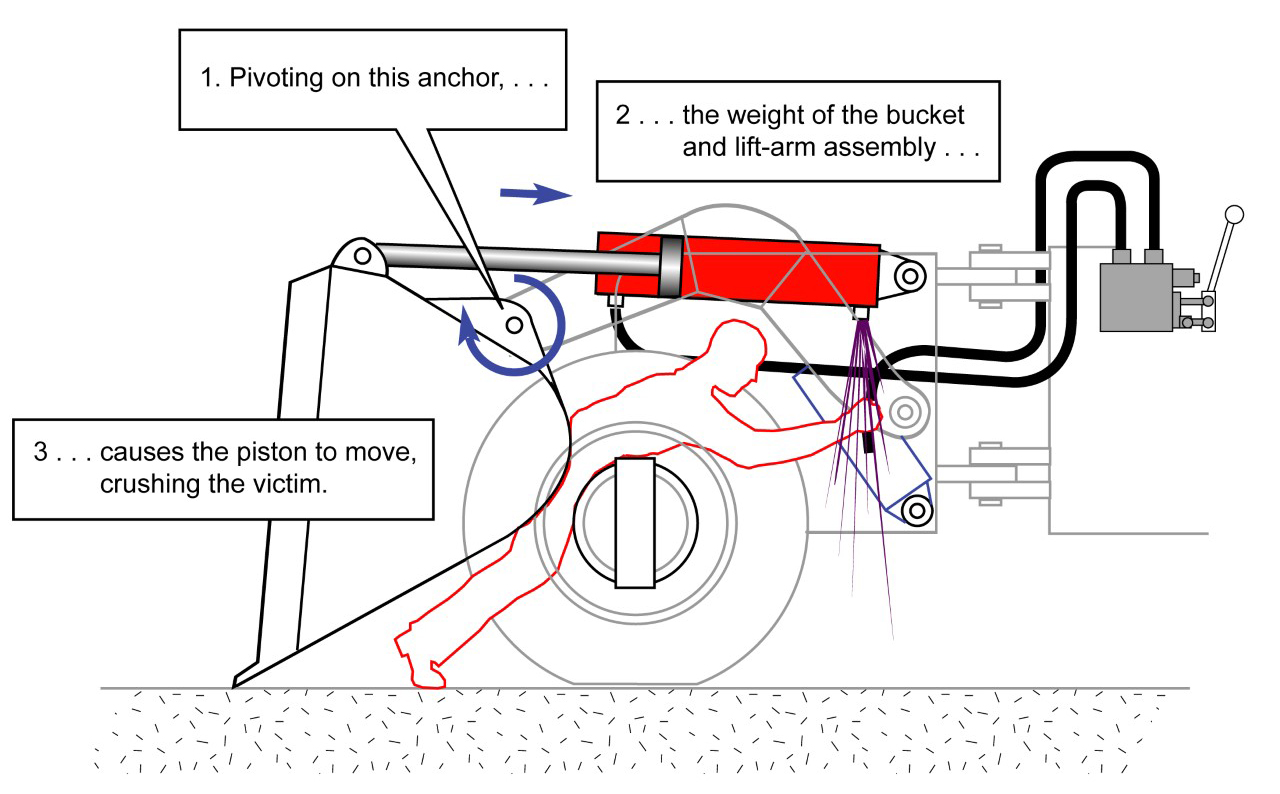
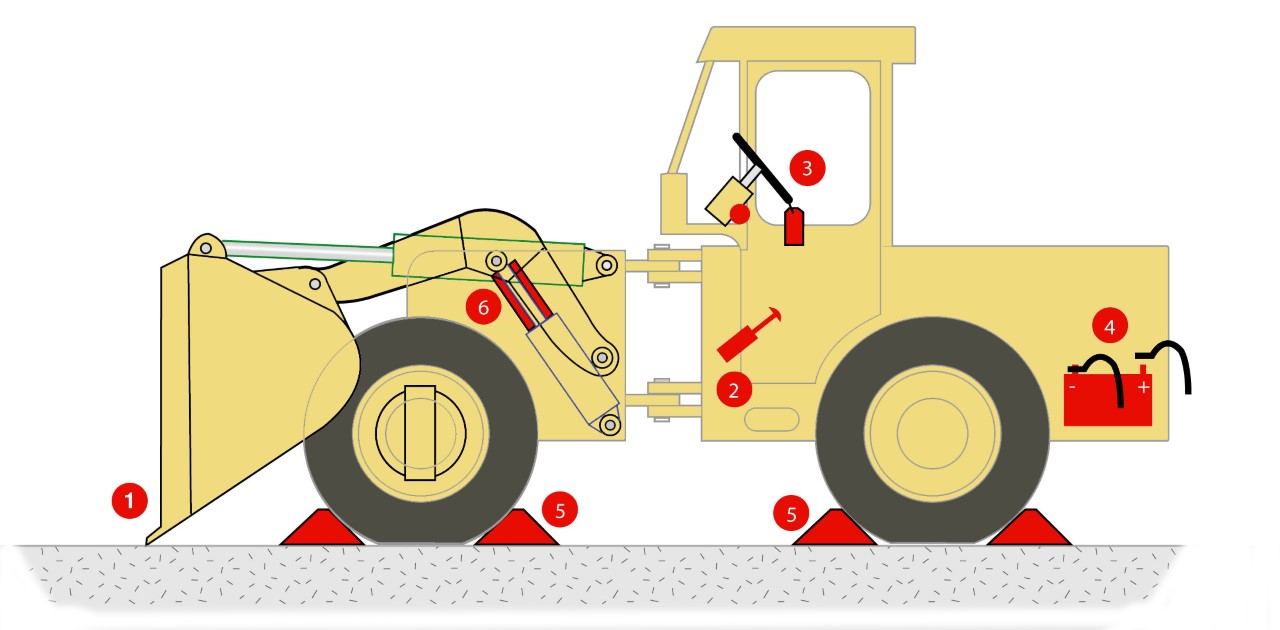
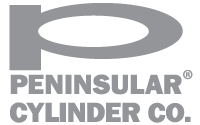





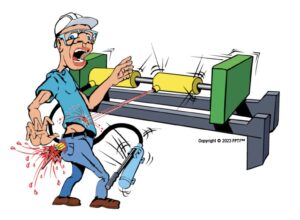
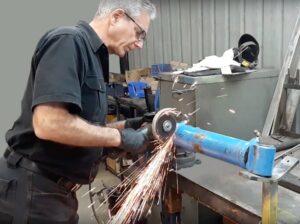
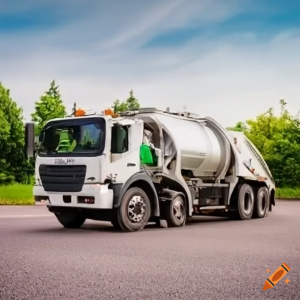

Leave a Reply
You must be logged in to post a comment.